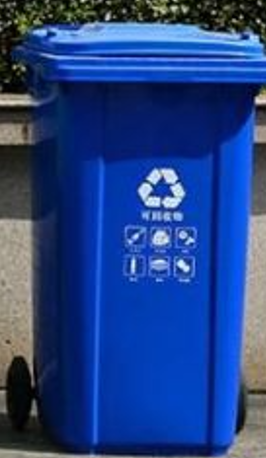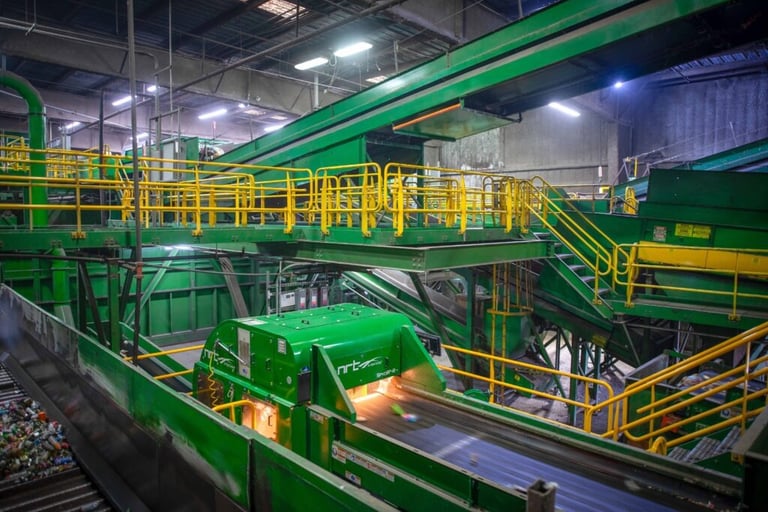Curbside Recycling


Accepted Items
Glass (bottles, jars)
Paper (Cardboard, magazines/newspapers, loose-lead, paperback books)
Metals (aluminon, tin, foil)
Plastic (jugs, bottles, cartons, containers)
Commonly Unaccepted Items
Greasy or food/liquid contaminated items
Foam (hard to recycle)
Batteries
Learn more:
The Process Behind Recycling
Glass, paper, and metals are the materials behind recycling. Their processes may vary slightly; however, they all undergo a similar recycling process.
Collection: The first step is putting out the waste and it being collected. Of course, the disposal truck picks up the waste and transports it to the Materials Recovery Facility, or MRF.
Sorting: At the MRF, the waste is sorted by these types: paper, plastic, metal, and glass.
Preparation: Once sorted into groups or bundles, and depending on the material they are either washed, crushed, and shredded. For example, paper is washed and shredded to create a pulp. Plastic is melted down similar to how metals are smelted.
Reprocessing: Once the materials have been prepared, it is time for them to be transformed into raw material. Casts and molds are tools used to transform raw materials into new products.
Manufacturing: Turning raw material into a final product is the end of the recycling process. Final products are sold in the market and at the end of their lifespan are hoped to continue the circular economy of recycling.


San Jose, CA Materials Recovery Center
"Entire Recycling Process Explained" by Factora
From curbside to manufacturing, this video shares detailed information behind the recycling process. Touching on the processes behind each different material that enters the facility.

